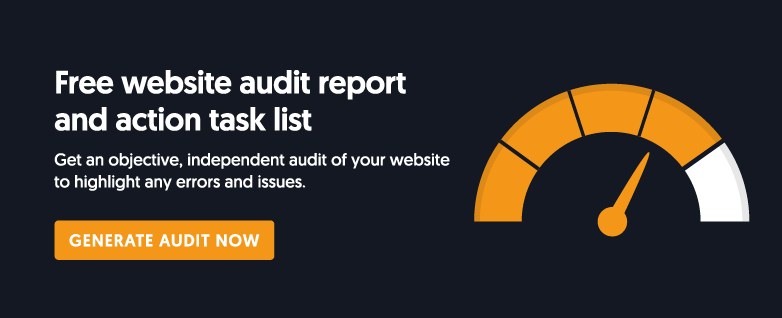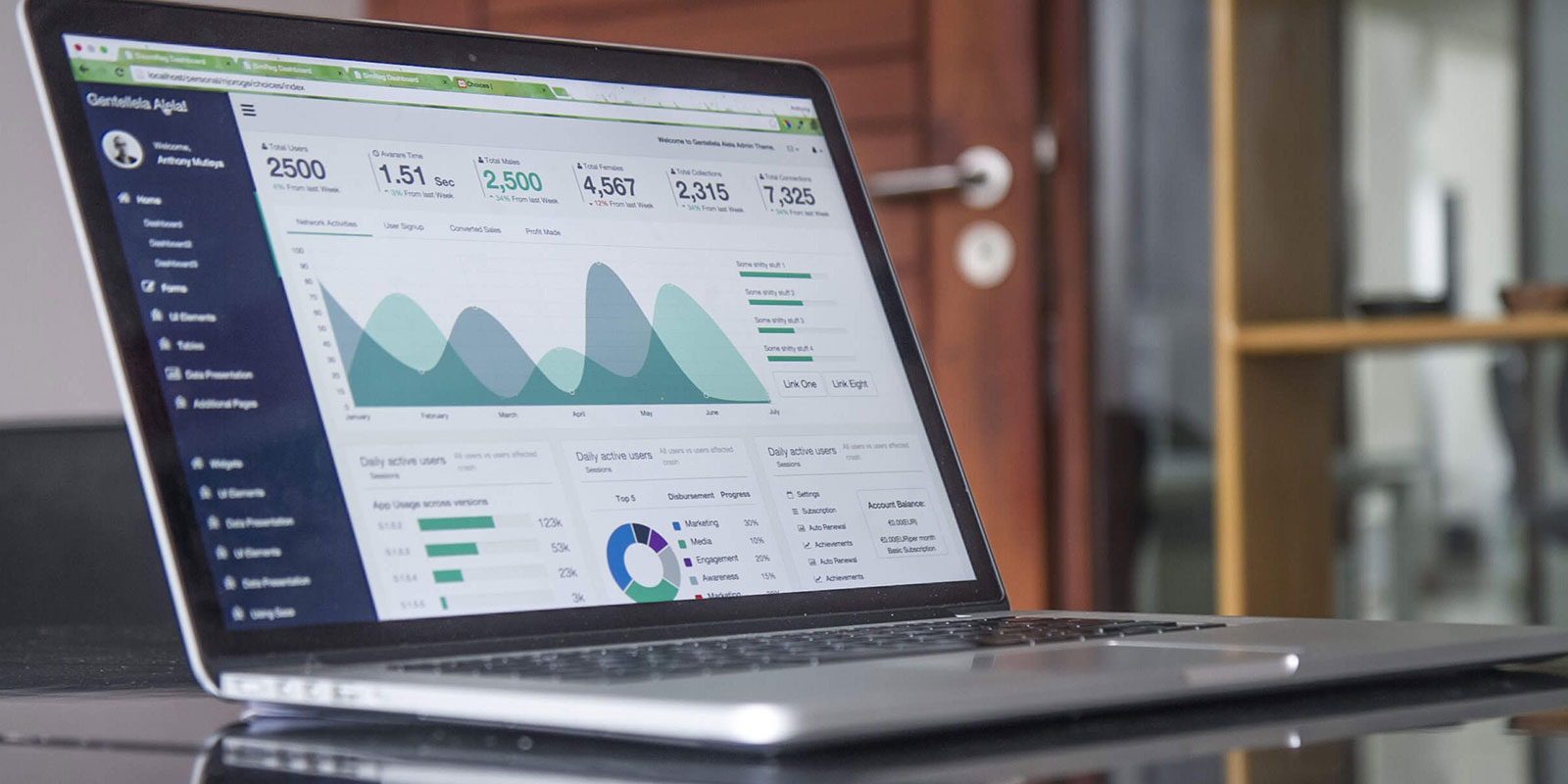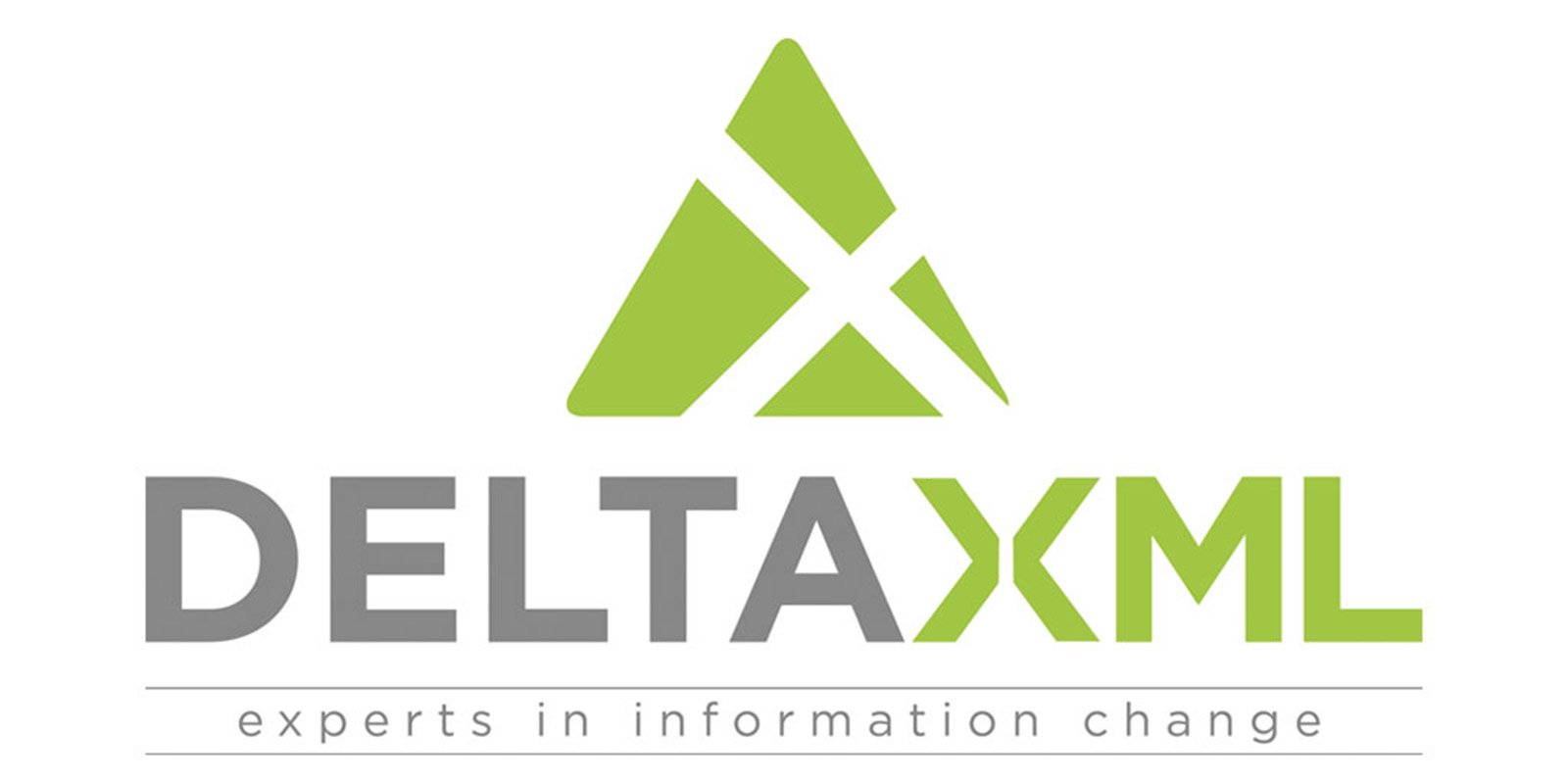Your website is at the forefront of your business. It's your digital hub and the epicentre of your online presence.
But to really get it right it's useful to know what makes a good website so that you can communicate smoothly with web teams.
As it's back-to-school season, let's revisit a few website fundamentals. Knowing the difference between web design and web development might help improve your website and help make your web requests crystal clear.
Having this knowledge helps to clarify what you want when you communicate with web developers and designers.
You don't have to be fluent in code to know the basics. Let's dissect the differences between design and development and pick out what makes a successful website.
What are you asking for?
Both development and design are crucial to creating a website - but both of them have different functions.
If you're not sure what the difference is, then you may find yourself passing your website around several different developers and designers. Over time, this only results in a complicated 'frankensite' which consists of patchwork bits of code and tape-covered web bugs.
Both are equally important when creating a website. While web design is all about making the website look pretty for your users, development is all about the function.
If the development is lacking, then the website will lack function. If the design is lacking, then the website will look bad.
It's like Westworld. The web design is the robot's outer aesthetic, the exterior - and web development is removing the mask to reveal the inner wiring and technological craftsmanship.
Web Design
Web design focuses on the visual and aesthetic aspects of a website. It's the pretty face that covers the machine. Web design is all about bringing your brand to life on-page. Think typography, graphics, layouts, colour palettes and user interface.
Web designers use various design tools like Photoshop or Sketch to create mock-ups and wireframes of how the website will look and function. They also work closely with web developers to ensure that the design is implemented accurately and effectively.
Ingredients for successful web design
So what are the criteria for a solid web design?
- User-friendly and visually appealing layouts
Layouts that are aesthetically pleasing and easy to follow. - Designing brand-compatible icons and graphics
All icons and graphics match the brand's style and appearance. - Creating designs that adapt to mobile
The design is responsive, working on different screen sizes including mobile devices. - Design is malleable to feedback and analytics
The design can be easily changed in response to analytics (such as page views and bounce rate). - Compelling content
Content that captures and engages user interest.
Web development
Development is all about the back end of the website. It's the 'nuts and bolts' that hold the website together. It focuses on coding and programming, and it speaks a dialect very far removed from any common tongue.
Its native languages are HTML, CSS, and JavaScript. These coding languages build the structure, layout, and functionality of a website.
Working with web developers will construct the back-end structure of the website. Think databases, servers, and scripting. They'll also make sure the website functions smoothly across different devices and browsers.
Ingredients for successful web development
So what are the criteria of a solid web development?
- Hosting is reliable
The website is hosted on a reliable and secure server - Website is responsive and smooth on mobile
The site is optimised for mobile usage - Scope for scalability
The website can grow as your business grows - Code is clean and reusable
The back-end code is designed to be easily understood by future developers - Regular debugging and troubleshooting
The website is consistently audited to spot any bugs - Functionality suits the user
UX is carefully considered to suit the buyer persona and brand - Load times and performance are optimised
Keep bounce rates to a minimum with a quick-performing website
Pin down your website objectives & goals
Having a solid strategy in place will ensure that you know what you want from your web design and development.
The more specific you are with what you're asking for, the better the outcome. If you know what you want from your website, then you can communicate what you want to any web team. Get your web strategy pinned down, with a well-rounded buyer persona to support it.
This strengthened communication will land you clearer results, and save you time, money, and energy. No one wants to waste money on redesigning a website they didn't want...
And of course - don't forget about content.
Content is king.
When Bill Gates said “Content is where I expect much of the real money will be made on the Internet, just as it was in broadcasting" he wasn't wrong.
You could have the most aesthetic website with impeccable function. But if your content is dull, your audience are going elsewhere. Whether it's eye-catching visual content or compelling copy, web content is your key customer-magnet.
Design and development are the two supporting pillars that carry your content across. Tick all these boxes, and you'll draw in customers like a magnet.
How's your website looking?
While we're on the topic, it's a good time to mention that Method have got a pretty solid team of talented web designers and developers (if we say so ourselves).
With a collective suite of web development, graphic design, branding, and digital marketing, Method can give your digital presence a breath of fresh air and attract leads like never before.
Sound interesting? Drop us a message, or check out our services.




